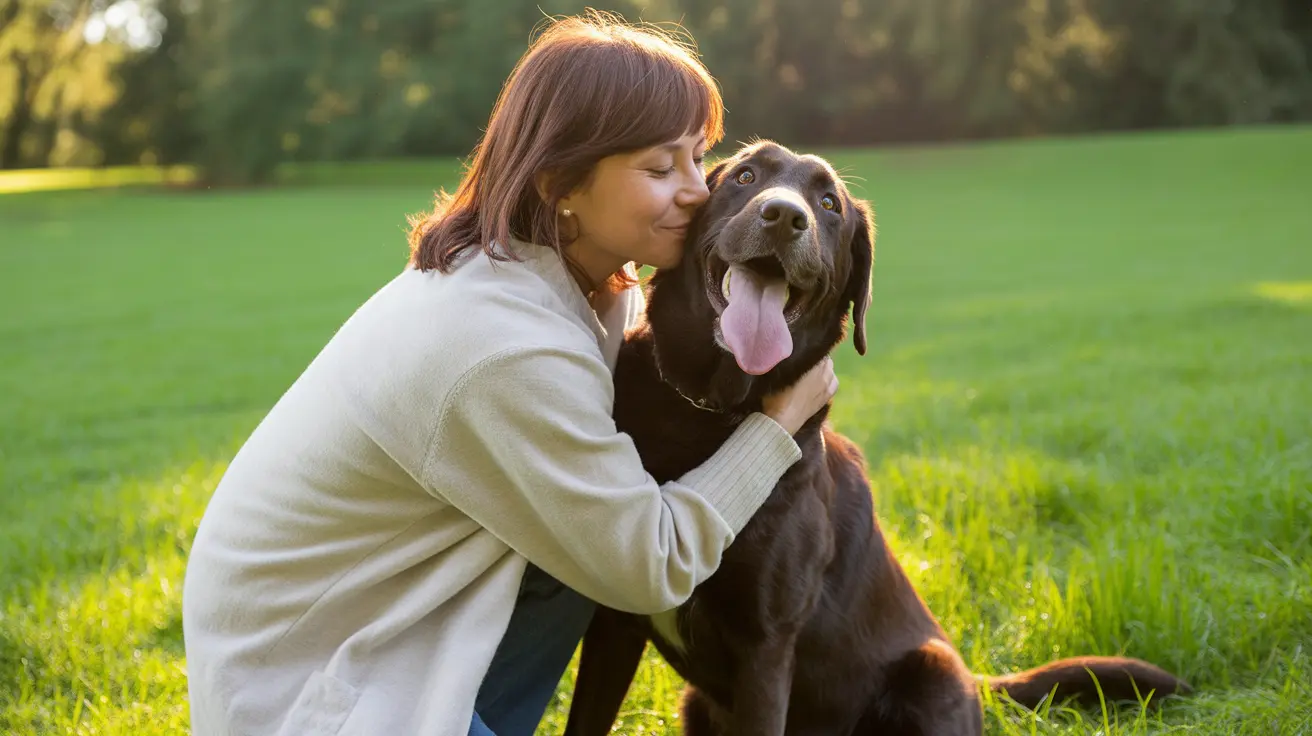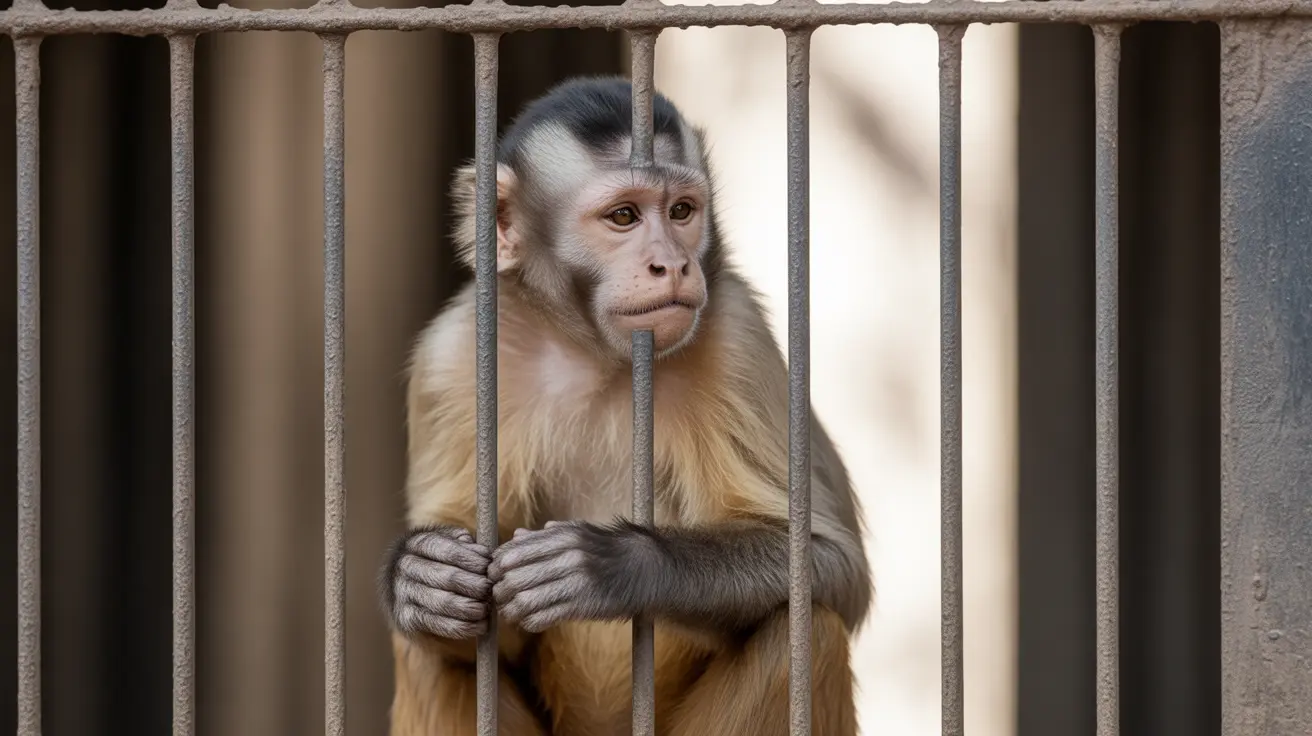Kangaroo Behavior Toward Dogs: Myths and Facts
Kangaroos are iconic marsupials native to Australia, known for their powerful hind legs and unique method of locomotion. Their interactions with other animals, especially domestic dogs, have sparked curiosity and sometimes concern among people living in or visiting kangaroo habitats.
Understanding Kangaroo Behavior
Kangaroos are generally peaceful herbivores, grazing on grasses and shrubs. They live in groups called mobs and maintain a social structure that helps them avoid predators. When threatened, kangaroos may use their strong legs to deliver powerful kicks or seek escape by hopping away at high speed.
Interactions With Domestic Animals
Encounters between kangaroos and domestic dogs can occur when humans bring their pets into areas where kangaroos live. Dogs may perceive kangaroos as prey or intruders and give chase, triggering a defensive response from the kangaroo.
- Kangaroos typically avoid confrontation but will defend themselves if cornered.
- They use their forelimbs to grapple and hind legs to kick when attacked.
Defensive Strategies
If a kangaroo feels threatened by a dog, it may attempt to escape into water if available. This behavior is often interpreted as an attempt to drown the dog, but it is primarily a defensive tactic:
- The water provides a barrier that slows down the pursuing animal.
- Kangaroos are strong swimmers and may stand upright in deeper water for stability.
If a dog continues its pursuit into the water, the kangaroo may use its forelimbs to hold the dog under in an effort to protect itself. This behavior is not aggression for its own sake but rather self-defense when escape is not possible.
Common Misconceptions
- Some believe kangaroos actively lure dogs into water; however, this is not supported by evidence.
- The primary motivation is self-preservation rather than predatory intent.
Safety Tips for Dog Owners
- Keep dogs on a leash in areas where kangaroos are present.
- Avoid letting pets chase wildlife, as this can lead to dangerous confrontations for both animals.
Understanding animal behavior helps prevent unnecessary harm and promotes coexistence between humans, pets, and native wildlife. If you encounter a kangaroo while walking your dog, give both animals plenty of space and calmly move away from the area.





